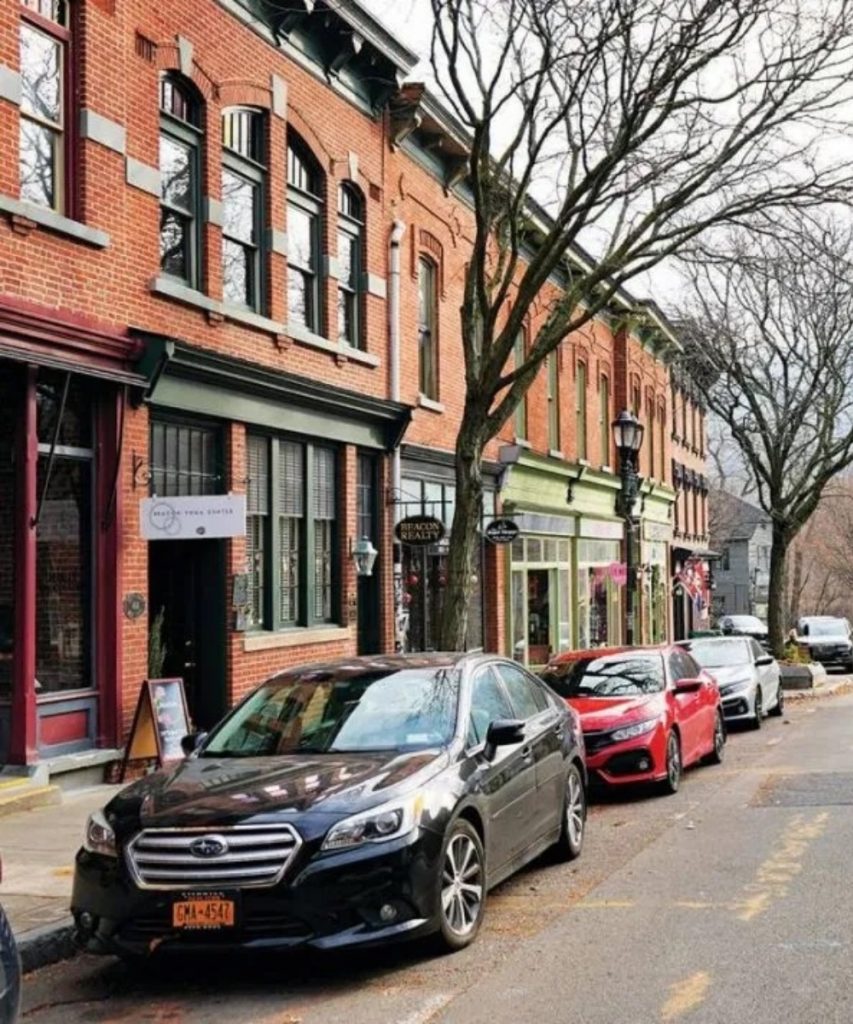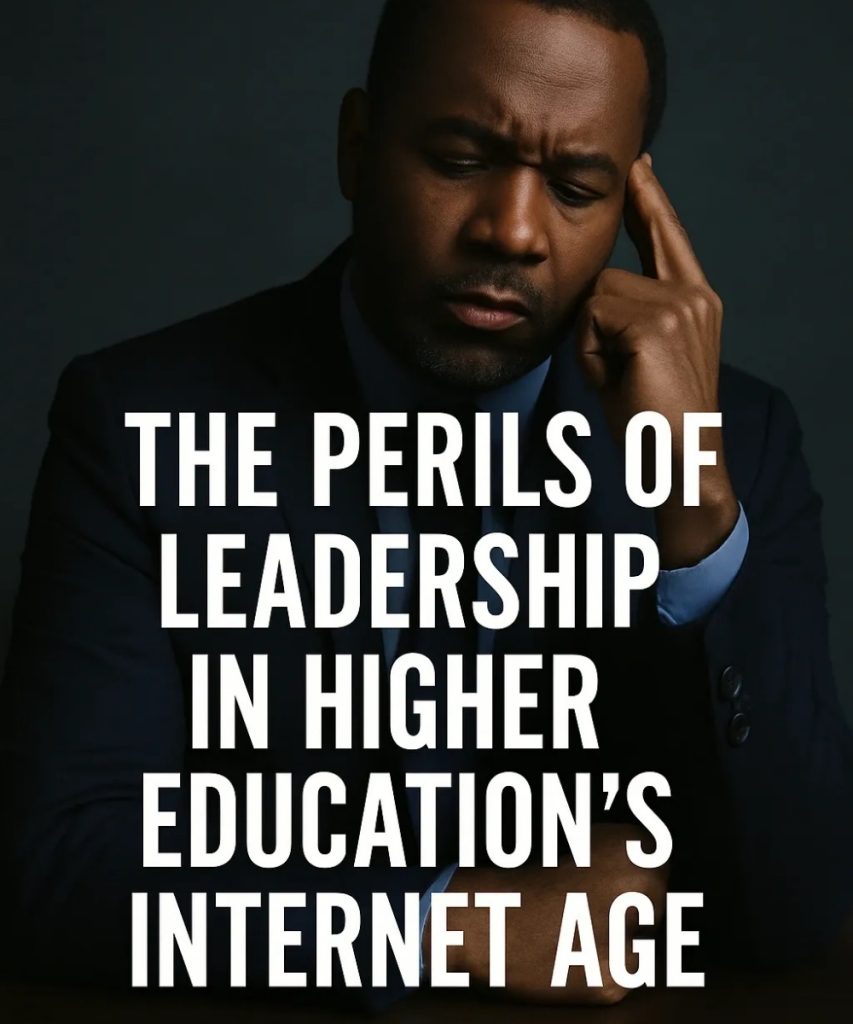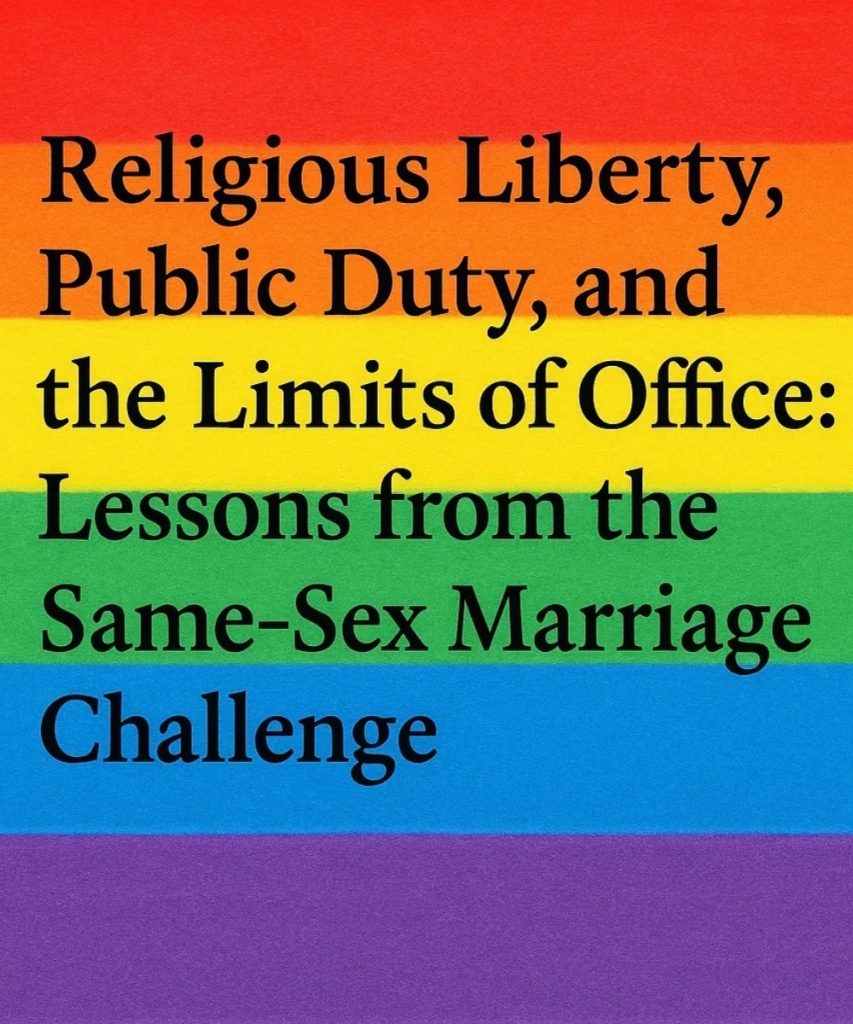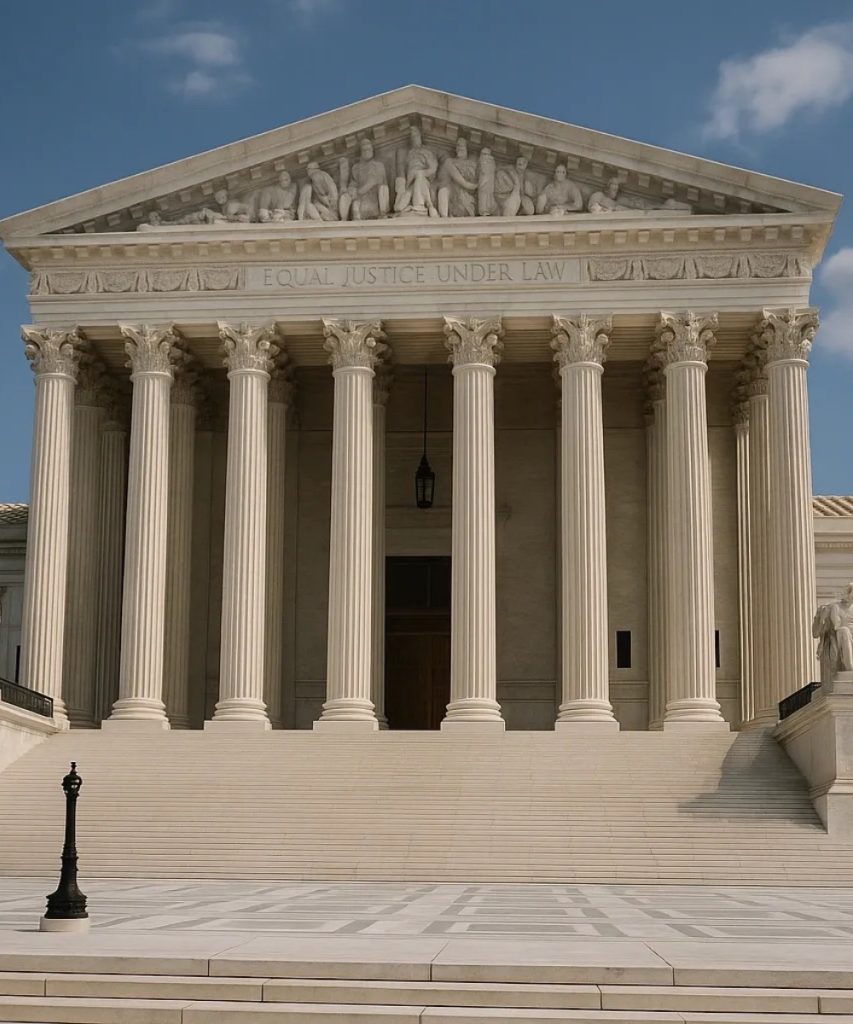In the vast machinery of government, it is easy to overlook the critical role of local leadership. Yet, in small cities across America, mayors stand at the intersection of community need and policy execution. Their leadership shapes not just municipal policy but the lived experiences of thousands. Nowhere is this more apparent than in the city of Beacon, New York, under the leadership of the late Mayor Clara Lou Gould.
Mayor Gould, who served from 1990 to 2007, offers a textbook example of effective, coalition-based leadership. As detailed in Summers 2022, her style was both visionary and inclusive. She governed not from above but among the people, forging strong partnerships across public, private, and nonprofit sectors. Drawing on Clarence Stone’s theory of regime politics, Gould exemplified the ability to build and maintain a governing coalition rooted in shared interests, mutual trust, and long-term goals. This was not transactional politics. It was transformative governance.
Her leadership was not without challenge, but it was marked by a deep commitment to civic engagement. Gould brought residents into the fold, not just to listen but to lead. She encouraged participatory governance, worked closely with neighborhood groups, and empowered underrepresented voices. Her efforts in revitalizing Beacon’s downtown corridor and preserving its environmental heritage are testament to what collaborative leadership can achieve.
Contrast this with the leadership in other small cities like Poughkeepsie, NY; Riviera Beach, FL; and even Hawthorne, CA in Los Angeles County. These cities have all faced significant challenges, ranging from public mistrust and administrative turnover to fragmented leadership and disengaged residents. While each has unique circumstances, what often separates success from stagnation is the capacity of the mayor to build and sustain a political regime that transcends electoral cycles.
Lessons in Leadership: Why Governance Matters</h5?
The experience of Mayor Gould offers critical lessons for current and aspiring public sector leaders:
- Governance is not just structure—it is relationship. Effective mayors understand that leadership is not confined to city hall. Gould’s governance model was rooted in relational trust, daily accessibility, and authentic engagement with residents and stakeholders.
- Coalitions matter more than charisma. Rather than relying on top-down authority, Gould cultivated a diverse coalition of civic, business, and grassroots actors to co-author the city’s policy agenda. The strength of a mayor lies not only in their vision but in their ability to mobilize others around it.
- Civic engagement is the foundation of legitimacy. Gould’s administration proved that inclusive processes lead to more resilient outcomes. When residents are treated as partners in the work of governance, they become stewards of their city’s future.
- Governance must outlast leadership. Gould laid the groundwork for sustainable development and long-term planning. Her work reminds us that good governance is not about one leader’s tenure, but about embedding practices, values, and coalitions that endure.
Small city mayors must do more than manage, they must mobilize. The success of their cities depends not only on financial resources or policy expertise but on their ability to inspire, include, and co-govern. Leadership in the public sector is ultimately about trust, vision, and the capacity to align disparate interests toward a common good.
Mayor Clara Lou Gould’s legacy reminds us that the future of our cities, both, large and small, hinges on leaders who understand governance as a collective enterprise. Mayors who are not just public administrators but civic architects. Those who, like Gould, see their city not as a platform for personal power but as a shared project of hope, justice, and possibility.




